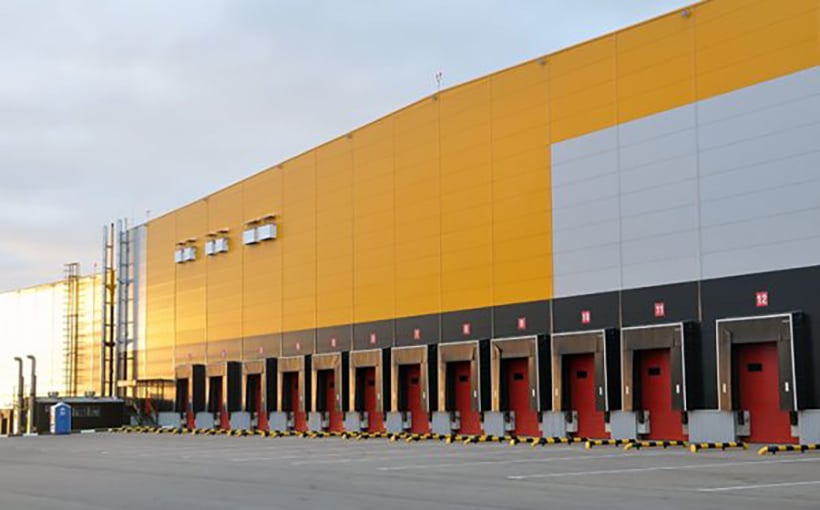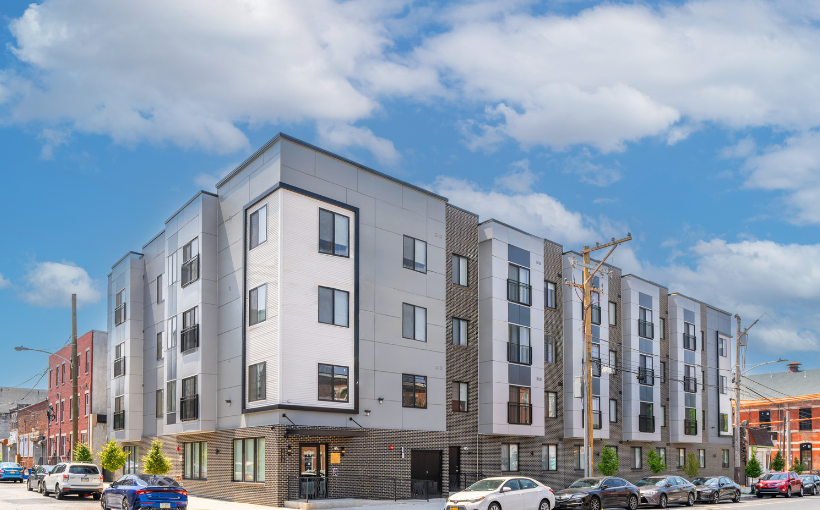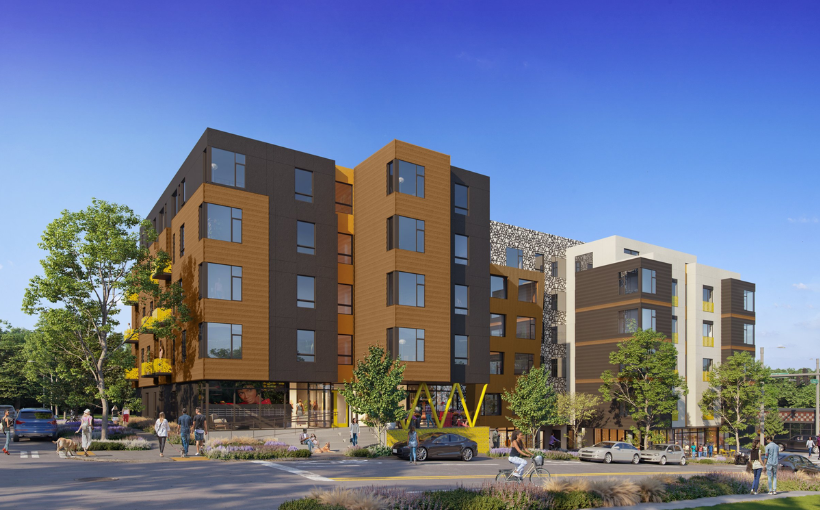**Q1 Industrial Sector Demonstrates Resilience Amid Economic Uncertainty**
The industrial real estate sector showed surprising strength in the first quarter of 2025, even as the broader commercial real estate market contends with economic volatility, trade tensions, and fluctuating interest rates. Despite widespread uncertainty, recent reports signal that U.S. industrial space continues to perform steadily.
According to Cushman & Wakefield’s Q1 2025 United States Industrial MarketBeat, the U.S. economy is still absorbing a healthy volume of industrial space. The report suggests continued tenant demand despite an unsettled economic environment, bolstering the sector’s performance.
CBRE’s U.S. Industrial Figures report echoed this sentiment, describing the quarter as one marked by solid leasing activity, a slight increase in vacancy, and modest net absorption. However, CBRE noted a growing trend toward consolidation, as many occupiers move out of older facilities, which contributed to lower overall absorption.
While leasing remains stable, new construction is beginning to slow. According to Colliers’ U.S. Industrial Market Statistics, industrial space deliveries have dropped to their lowest levels since early 2019. Similarly, JLL’s Industrial Market Dynamics report highlighted a significant contraction in the development pipeline, describing it as the smallest since 2015.
Lee & Associates’ latest findings emphasize that the recent boom in industrial development has led to oversupply in some markets, resulting in the lowest rent growth observed in years. The report points to the culmination of years of record-breaking development, now shifting toward a period of market recalibration.
Looking ahead, tariffs and global trade issues are casting a shadow over future market prospects. Analysts at Lee & Associates warned that ongoing trade wars and the introduction of new tariffs could reduce net absorption and make retailers more hesitant to expand logistics operations.
CBRE analysts support this view, noting that many tenants are postponing real estate decisions until the outlook on tariffs and trade policy becomes clearer. If cost increases tied to tariffs are passed on to consumers, it could soften overall demand in the sector.
In response, Cushman & Wakefield noted that some manufacturers and tenants are already adjusting by diversifying their supply chains and sourcing from countries with lower tariff exposure.
Another concern noted across multiple reports is weakening consumer confidence and its potential impact on industrial space demand. JLL suggested that this could lead businesses to re-evaluate their operational requirements and adapt their real estate strategies accordingly.
On a more optimistic note, Cushman & Wakefield observed that the slowdown in new project starts—spurred by rising material costs and uncertain tenant demand—may help maintain occupancy rates at existing facilities by preventing a significant oversupply.
In conclusion, while the industrial market is not immune to the broader economic challenges affecting commercial real estate, its fundamentals remain relatively strong. Strategic tenant behavior, cautious development, and efforts to mitigate global trade risks have helped the sector maintain a degree of resilience through a turbulent first quarter.




